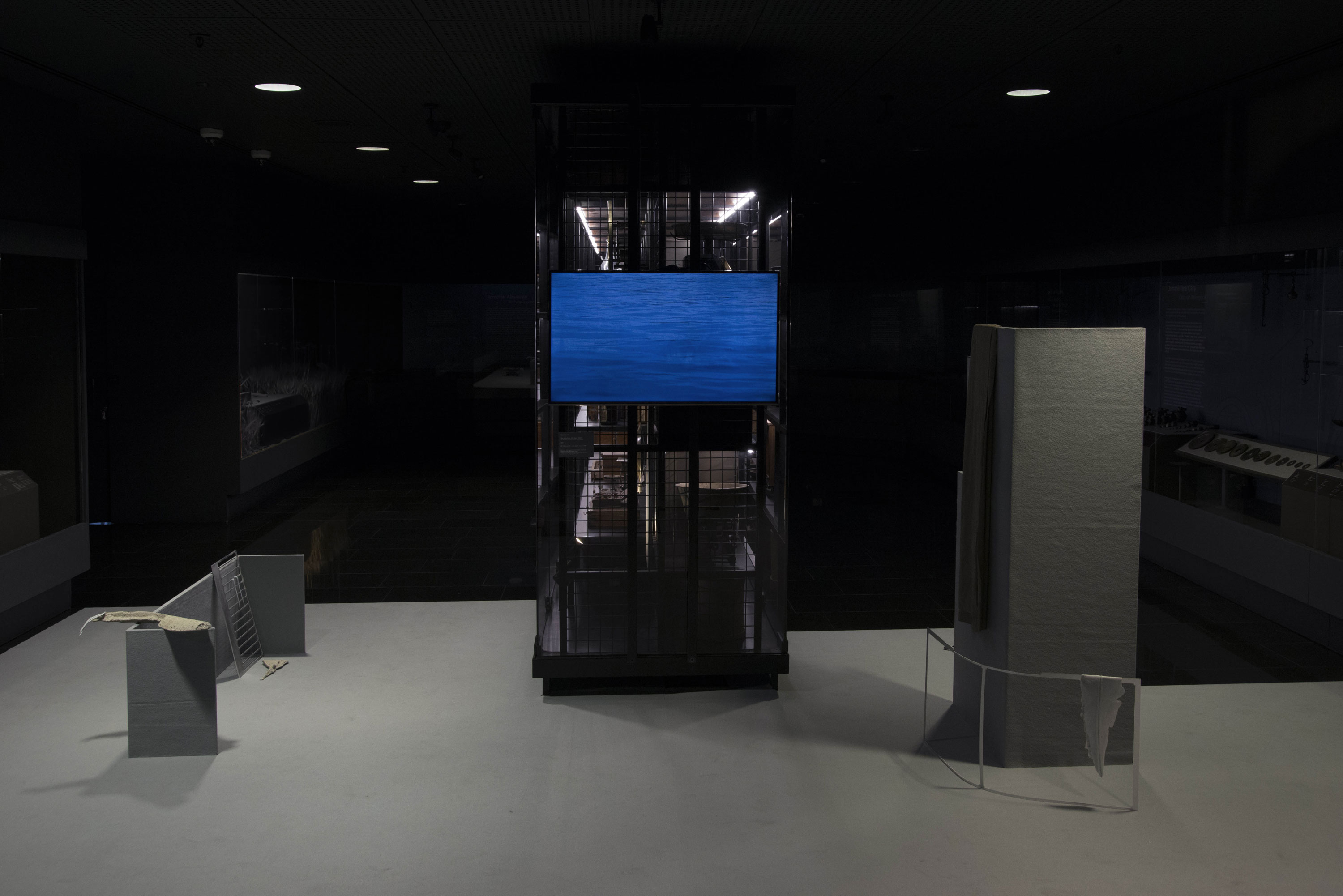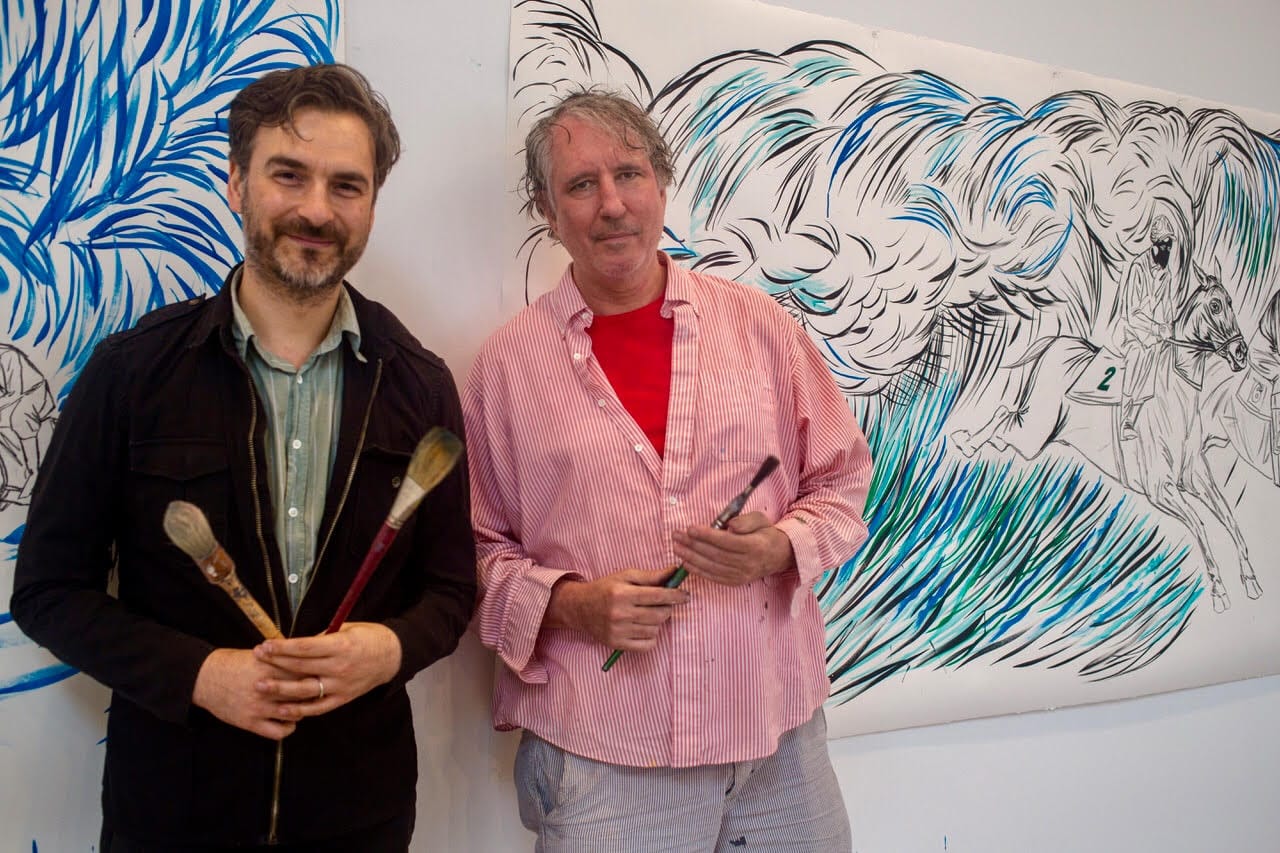Director: Roberto Rossellini
Cast: Edmund Moeschke, Ernst Pittschau, Ingetraud Hinze
Italy, 78’, 1948, black & white
Italian with Turkish subtitles
The concluding chapter of Roberto Rossellini’s War Trilogy is one of the most devastating portraits of an obliterated Berlin shown through the eyes of a twelve-year-old boy. Living in a bombed-out apartment building with a sick father and two older siblings, young Edmund is mostly left to wander unsupervised, getting ensnared in the black-market schemes of a group of teenagers and coming under the nefarious influence of a Nazi-sympathizing ex-teacher. Germany Year Zero (Deutschland im Jahre Null) is a daring, gut-wrenching look at the consequences of fascism, for society and the individual.
Trailer

Inspired by its Anatolian Weights and Measures Collection, Pera Museum presents a contemporary video installation titled For All the Time, for All the Sad Stones at the gallery that hosts the Collection. The installation by the artist Nicola Lorini takes its starting point from recent events, in particular the calculation of the hypothetical mass of the Internet and the weight lost by the model of the kilogram and its consequent redefinition, and traces a non-linear voyage through the Collection.

We meet at Marcel Dzama’s studio in Brooklyn on the occasion of his solo exhibition Dancing with the Moon at Pera Museum. On this freezing day in January, he welcomes us with a warm smile, and for a few hours, we step into his world filled with surreal characters, music, dance, politics, and play.
Tuesday - Saturday 10:00 - 19:00
Friday 10:00 - 22:00
Sunday 12:00 - 18:00
The museum is closed on Mondays.
On Wednesdays, the students can
visit the museum free of admission.
Full ticket: 300 TL
Discounted: 150 TL
Groups: 200 TL (minimum 10 people)